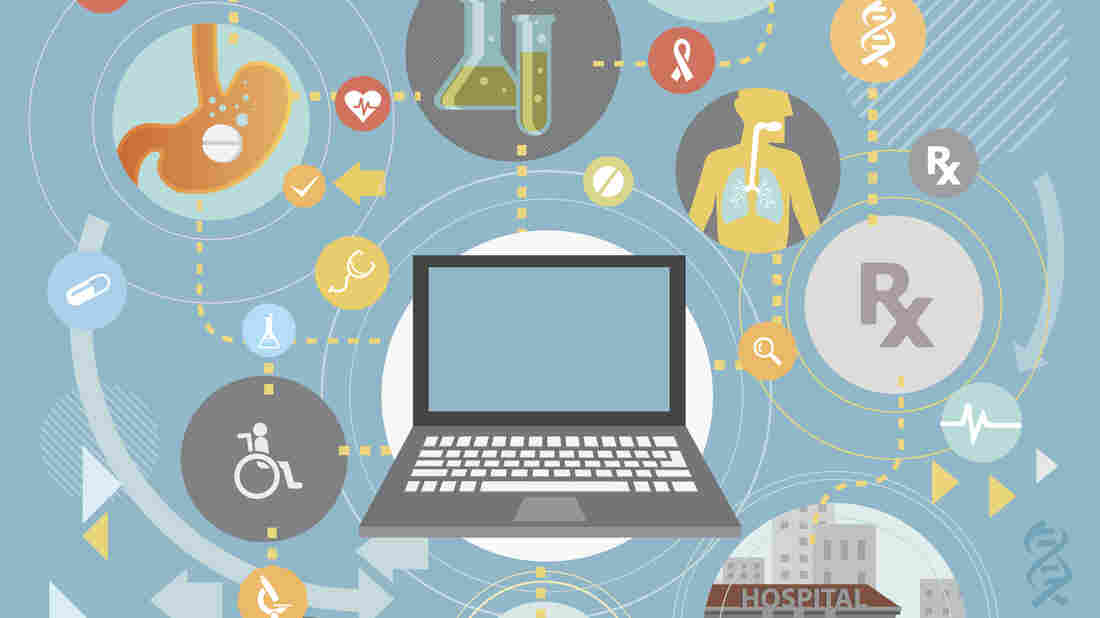Why Cash Transfer Apps Don’t Always Let You Hit ‘Undo’ On Transactions
Phone-based apps are offering people many new ways to pay, and many of them are wondering about chargebacks, and why some apps allow people to hit undo and why others don’t.
AUDIE CORNISH, HOST:
Cash transfer apps, like Venmo, let you pay a friend back $5 for popcorn. They let you post fun messages about late-night bar tabs. One thing they don’t always let you do, undo transactions. Elah Feder from our Planet Money podcast explains why.
ELAH FEDER, BYLINE: A couple of months ago, I accidentally sent $1,500 to a stranger on Venmo. I was trying to send a security deposit to my new landlord. But, thanks to a typo, I sent it to some guy in Alabama instead. So Venmo is an app on your phone that lets you pay your friends, pulls money from your bank account. Really easy to use – until you mess up when you find out that just hitting undo and getting your money back is not an option.
But the whole idea that we could even instantly get our money back is actually an invention, and not even a very old one. Back in the ’60s, when credit cards were the cool, new payment technology, people had nightmares like this all the time.
CHI CHI WU: They would be charged the wrong amount. They would be double charged. There would be some sort of math error.
FEDER: Chi Chi Wu is a staff attorney at the National Consumer Law Center.
WU: Or someone would take their card and use it without their consent. And they would try to battle with the credit card companies to get them to fix the error. And the problem was the credit card companies would just ignore them and, in fact, would just, you know, keep demanding payment without addressing the consumer’s complaint.
FEDER: So eventually, Congress kicks into action, starts passing laws. And in 1974, they give us the all-mighty chargeback, which is…
WU: When you challenge something on your credit card and it gets reversed. It’s charged back to the merchant.
FEDER: That’s right, we can get a chargeback because of the law. And now we can get our money back with just one call. We’re used to that kind of safety net. But along come apps like Venmo, where if you make a mistake there is no undo. Why not? Well, maybe because like all good things, the power to undo comes at a cost. When we have it, we go wild. Katie Cover (ph) has seen her fair share of ridiculous credit card chargebacks.
KATIE COVER: There was somebody who had taken golf lessons and then at the end had disputed that their score hadn’t improved a sufficient amount, and they were dissatisfied.
FEDER: Solution – chargeback. Katie works for Square, a company that helps businesses process credit cards. If a business gets a chargeback they think is unfair, Katie’s team helps them fight it. Like the time a baker got a chargeback for an $800 wedding cake. The baker was upset, but luckily…
COVER: She had posts from social media where she had taken screenshots, and it was the couple and they were with their guests celebrating and eating the cake. And there were comments on social media from their guests saying how much they enjoyed it and from the couple saying that they were thrilled and wasn’t it a wonderful cake?
FEDER: With Katie’s help, the baker got to keep the money. But it doesn’t always end well for businesses. Katie told us about a family business that had to shut down after they lost a chargeback case. Venmo didn’t want to talk on tape for this. Instead, they sent an email listing all the ways that they prevent people from making mistakes in the first place. They also said, quote, “making funds instantly available to recipients is part of why customers love using PayPal and Venmo,” end quote. By the way, Venmo is owned by PayPal.
Bottom line, Venmo isn’t a credit card, and there is no undo button. I was lucky. I did get my money back, and the person I sent it to was super nice. But lesson learned. If you send money on these apps, you’d better get your spelling right. For NPR News, I’m Elah Feder.
Copyright © 2019 NPR. All rights reserved. Visit our website terms of use and permissions pages at www.npr.org for further information.
NPR transcripts are created on a rush deadline by Verb8tm, Inc., an NPR contractor, and produced using a proprietary transcription process developed with NPR. This text may not be in its final form and may be updated or revised in the future. Accuracy and availability may vary. The authoritative record of NPR’s programming is the audio record.


